
A cashier at a bank in Taiyuan, Shanxi province counts renminbi notes. (Photo/China News Service)
Experts say process likely to take years, depending on country's trade
The weight of the renminbi or RMB in the basket of five currencies that constitute the International Monetary Fund's Special Drawing Rights, a key international reserve asset also known as SDRs, is poised to increase further as global use of the Chinese currency gains traction, experts said on Tuesday.
The RMB's rise, however, will be yearslong with twists and turns, they said, and called for more efforts to consolidate China's position in global trade and expand financial opening-up, to underpin the Chinese currency's evolution into a major international currency.
Their comments marked the completion of one year since the RMB's SDR weight was adjusted, which led to increased global use of the Chinese currency.
Effective Aug 1 of 2022, the IMF had raised the RMB's SDR weight from 10.92 percent to 12.28 percent, recognizing the currency's growing heft in global trade and finance.
"Multiple factors have formed the basis for the renminbi's growing weight in the SDR basket," said Yang Haiping, a researcher at the Institute of Securities and Futures, which is part of the Central University of Finance and Economics.
Yang said China's steady economic fundamentals, the country's pursuit of high-standard opening-up and the growing convenience of using the RMB for cross-border settlements and transactions will all contribute to the currency's internationalization.
In the latest step to facilitate the RMB's cross-border use, the People's Bank of China, the country's central bank, said on Tuesday it has renewed a bilateral currency swap agreement with the Bank of Mongolia, with a size of 15 billion yuan ($2.09 billion) and an effective period of three years.
Argentina's Ministry of Economy announced on Monday the country will repay $1.7 billion out of its $2.7 billion payment obligations to the IMF using the RMB, tapping into the currency swap agreement with China, China Central Television reported on Tuesday.
The RMB's share in global payments had increased for five consecutive months to 2.77 percent in June, the highest level since January 2022 and ranking as the fifth most active currency for global payments by value, according to global financial messaging platform Swift.
Yang said the rising attractiveness of RMB-denominated assets also suggests a positive outlook for the currency's position in the SDR basket.
Overseas investors bought Chinese onshore bonds worth nearly a net $79 billion in the first half of the year, reversing net sales last year, official data showed, while the RMB exchange rate has stabilized recently on China's ramped-up efforts to stabilize foreign exchange market expectations and bolster economic recovery.
The onshore RMB came in at 7.1663 against the US dollar as of 4:30 pm on Tuesday, up by 1.47 percent from the recent trough of 7.2730 seen at the end of June, according to market tracker Wind Info.
Guan Tao, global chief economist at BOC International, however, said RMB internationalization is likely to be a "winding and wave-like" process, cautioning that there is a possibility that the RMB's weight in the SDR basket might dip.
"We should approach this with a balanced perspective," Guan said, underlining that one of the key reasons behind the RMB's increased weight in the SDR basket was China's rising share in global exports during the COVID-19 pandemic, a trend that may lose some momentum going forward.
According to the IMF, the share of RMB reserves in allocated official foreign exchange reserves worldwide has decreased from 2.83 percent a year earlier to 2.58 percent in the first quarter of this year, while the shares of the US dollar and the Japanese yen increased.
The IMF usually reviews the SDR basket every five years, evaluating whether a currency is widely used in payments for international transactions and widely traded in principal exchange markets and whether the currency-issuing economy is one of the top five world exporters. The next SDR review is scheduled to conclude before the end of July 2027.
Included in the basket in 2016, the RMB currently accounts for the third-largest share in the SDR basket, behind the dollar and the euro but ranking higher than the Japanese yen and the British pound.










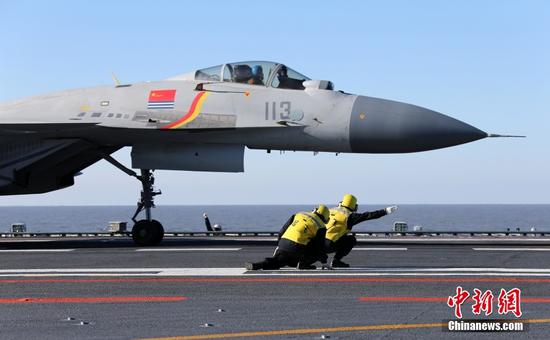
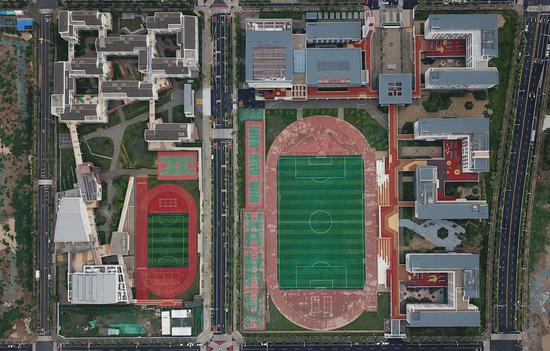













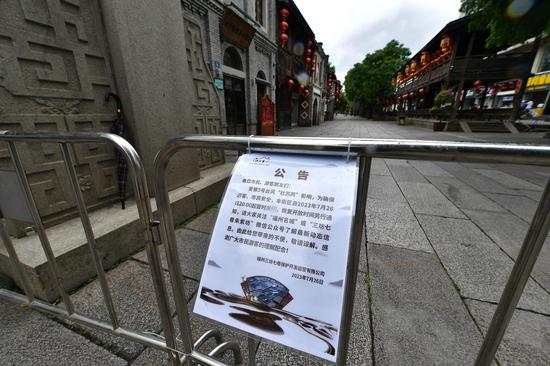



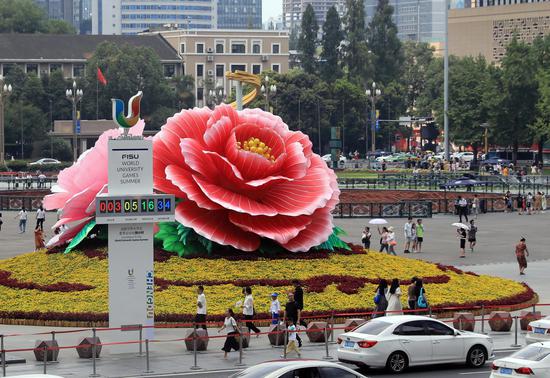







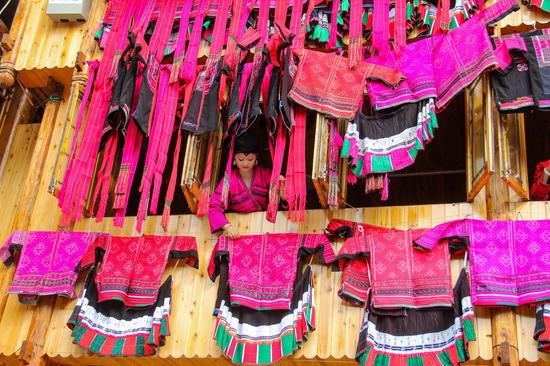












 京公网安备 11010202009201号
京公网安备 11010202009201号